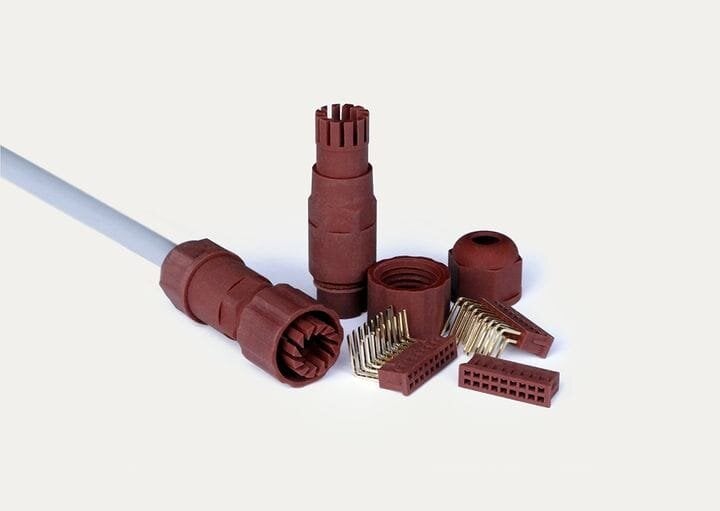![A new 3D printable photopolymer resin that is certified flame retardant [Source: Cubicure]](https://fabbaloo.com/wp-content/uploads/2020/05/image-asset_img_5eb08d532cd22.jpg)
Cubicure announced the availability of a new photopolymer, ”Evolution FR”.
Evolution FR is able to pass the UL94 V0 flame retardant test, the first SLA-compatible material to do so.
UL94 V0 is a standard test to ensure that a material does not spread flames, typically by emitting flaming drops onto other flammable material below. Cubicure has posted a video of their new Evolution FR material undergoing the test:
Flame Retardant SLA
Cubicure explains:
”The flame-retardant and halogen-free photopolymer Evolution FR can be precisely 3D-structured with the patented Hot Lithography technology developed by Cubicure. The combination of this new material system and the stable and precise 3D-printing technology opens new application fields for Additive Manufacturing, especially for the mobility sector (e.g. railway) and electronics market (e.g. plugs, connectors).”
While there have long been flame retardant materials available for 3D printing in filament or powder-based 3D printing processes, there has never been one available for SLA resin-based processes, at least until now.
I believe this to be an important announcement because it should open many more doors to 3D printing for industry.
Requirements For 3D Printing
My concept of industrial 3D printing is that a combination of three factors must be achieved:
-
The right material must be available to meet the required engineering specifications
-
The right 3D printing process must be used to handle the specific geometry of the part in question
-
The right price for the two above factors must be within specified budget for the part
If you don’t meet all three, then you’re not 3D printing. The effect of this relationship is that if you view “all” 3D printing possibilities as a tree structure, then there are many branches that are not reachable because of mismatches in the three factors.
But this new material should open up a few more branches on that tree, making 3D printing technology itself more viable in the long term. Thanks, Cubicure!
Via Cubicure


1 comment
Comments are closed.